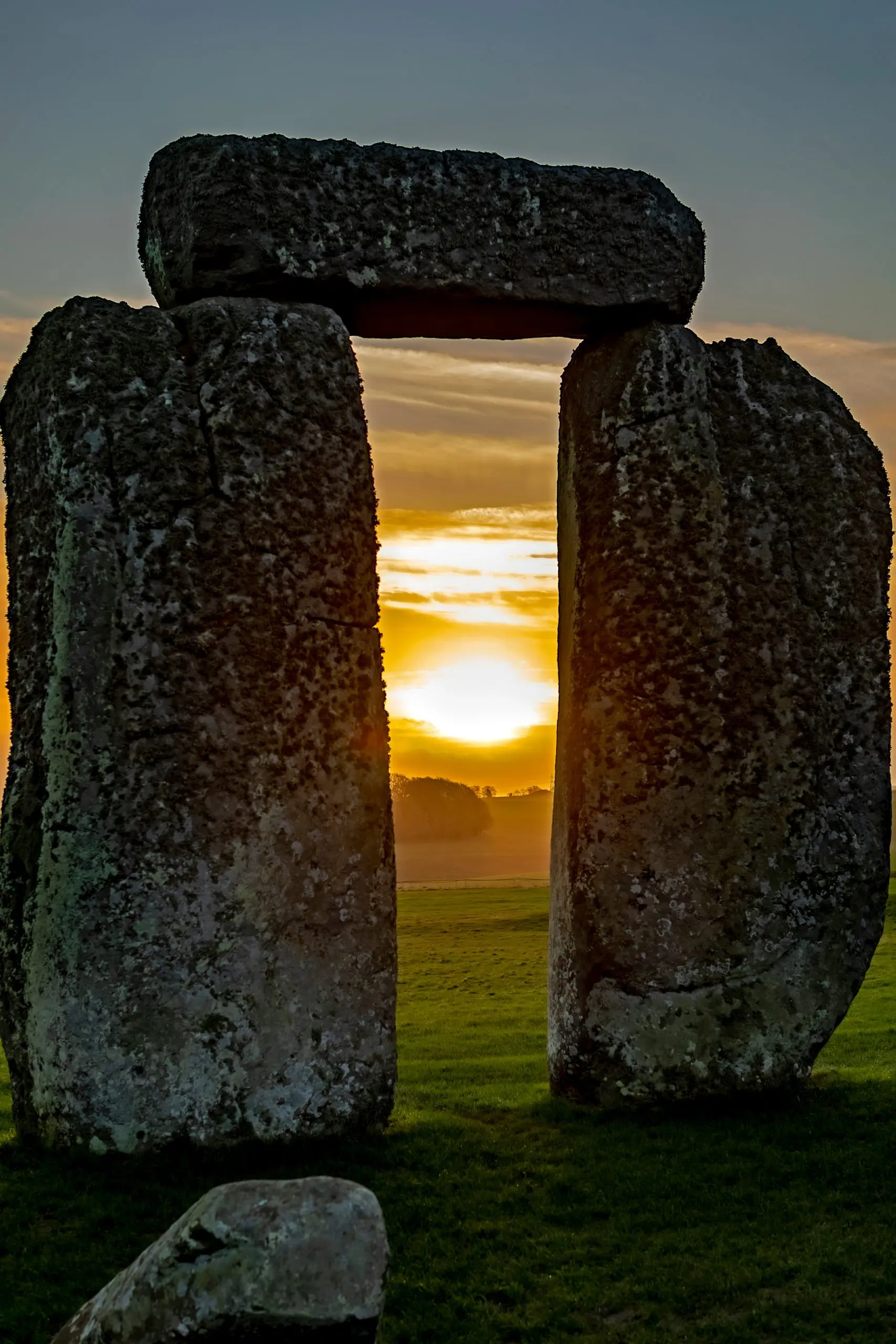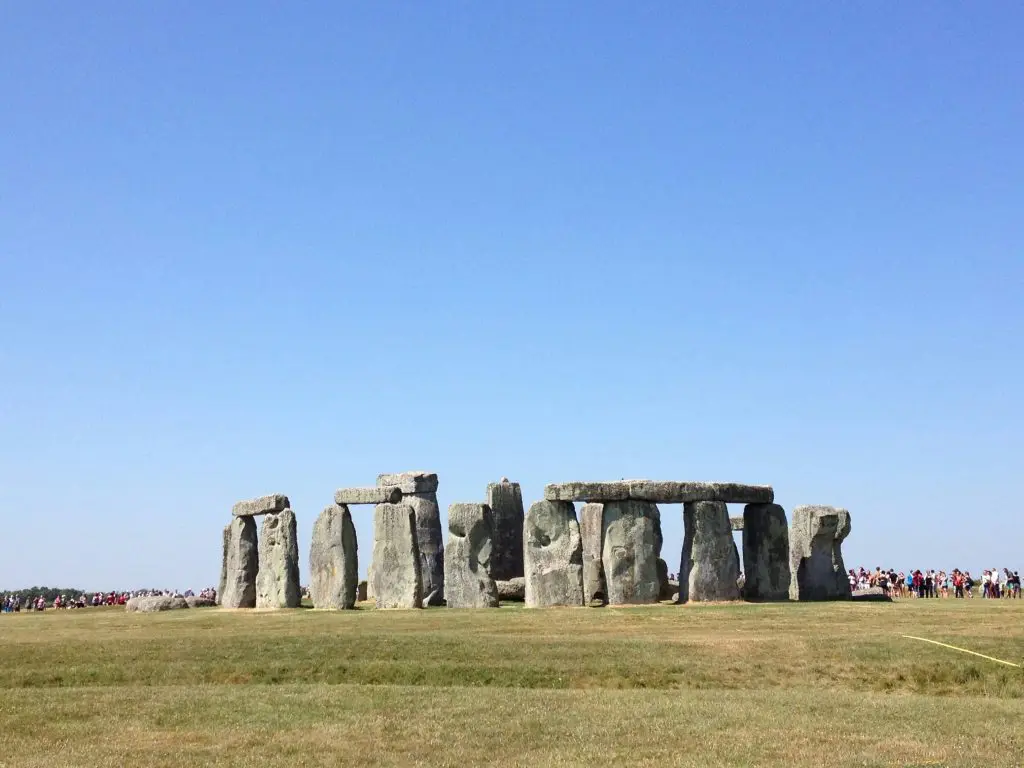Stonehenge is one of the most iconic landmarks in the world, with its massive stone circles standing proudly on the plains of southern England. The ancient monument has fascinated visitors, historians, and archaeologists for centuries. But what exactly is Stonehenge?
Why was it built, and how did it come to be? In this article, we explore some of the most frequently asked questions (FAQs) about Stonehenge and provide intriguing facts to help you understand this mysterious site.
Facts About Stonehenge England
1. What Is Stonehenge?

Stonehenge is a prehistoric monument located on the Salisbury Plain in Wiltshire, England. It consists of a ring of standing stones, each around 13 feet (4 meters) tall, with some weighing as much as 25 tons. It is believed to have been constructed in several stages, beginning around 3000 BC, though its final form was achieved around 1600 BC.
2. Why Was Stonehenge Built?
The purpose of Stonehenge has been a topic of debate for centuries. While its exact purpose remains a mystery, there are several theories about its function:
Burial Site: Archaeological evidence also suggests that Stonehenge could have been a site for burial ceremonies, with remains found at the site dating back to the Neolithic period.
Religious or Spiritual Site: Some scholars believe Stonehenge was used as a place for rituals or ceremonies, possibly related to ancient worship or the alignment of the sun and moon.
Astronomical Observatory: Others suggest Stonehenge was an ancient observatory, aligned with the movements of the sun and stars. The summer solstice, for example, aligns perfectly with the stones, suggesting that it may have been used to mark significant celestial events.
3. When Was Stonehenge Built?

The construction of Stonehenge occurred in multiple stages over nearly 1,500 years. The first stage, around 3000 BC, involved the creation of a circular ditch and bank. The stones, known as bluestones, were brought from the Preseli Hills in Wales, approximately 150 miles away.
Later, around 2500 BC, larger stones known as sarsens were transported to the site. It wasn’t until 1600 BC that the iconic structure we recognize today was completed.
4. How Did Ancient People Transport the Stones?
One of the most fascinating aspects of Stonehenge is how its massive stones were transported from distant locations. The sarsens are believed to have been moved from a site near Marlborough, about 20 miles away.
The bluestones came from the Preseli Hills in Wales. While the exact methods remain uncertain, it is thought that the stones were transported using a combination of sledges, ropes, and possibly a network of waterways to carry the stones.
5. Can You Visit Stonehenge?
Yes, Stonehenge is a popular tourist destination, attracting millions of visitors each year. The site is managed by English Heritage, and there is an on-site visitor center with exhibits explaining the history of the monument. Visitors can explore the stone circle up close, though the stones themselves can no longer be touched for preservation purposes. If you visit during the summer solstice, you can witness the sun rising over the stones, which is an extraordinary experience for many.
6. Is Stonehenge Open Year-Round?
Stonehenge is open to visitors year-round, though it is closed on certain holidays such as Christmas Eve and Christmas Day. However, the visitor center and surrounding areas can be busy during peak seasons, especially in summer, so it’s advisable to book tickets in advance if possible.
Fun Facts About Stonehenge

- It’s a UNESCO World Heritage Site: Stonehenge was designated a UNESCO World Heritage site in 1986 due to its cultural and historical significance.
- The Stones Weigh Over 20 Tons: Some of the stones used to construct Stonehenge weigh as much as 25 tons (50,000 pounds), and experts still aren’t entirely sure how ancient builders moved such massive stones.
- Stonehenge Is Aligned with the Solstice: The stones are strategically aligned with the movements of the sun, making Stonehenge a powerful astronomical marker for the summer and winter solstices.
- Stonehenge Was a Burial Site: Excavations at Stonehenge have revealed cremated human remains, suggesting that the site may have served as a burial ground during its early history.
Stonehenge continues to captivate the imagination of those who visit and study it. Whether you’re intrigued by its possible spiritual significance, its astronomical alignment, or the sheer feat of engineering it represents, there’s no doubt that Stonehenge is one of the most mysterious and awe-inspiring monuments in the world.
So, if you’re planning a visit to England, Stonehenge should be at the top of your list. Whether you’re there to uncover the secrets of the ancient world, witness a stunning sunrise, or simply marvel at the beauty of this ancient structure, there’s no better way to connect with history.
For more information on visiting Stonehenge, check out official sites like English Heritage or local guides that provide insight into the area and its history.
 February Sale; 2 For 1
February Sale; 2 For 1  Croatia Sailing : 2 For 1
Croatia Sailing : 2 For 1 Asia Tours : 2 For 1
Asia Tours : 2 For 1 Central & Eastern Europe Tours: 2 For 1
Central & Eastern Europe Tours: 2 For 1  Why Travel Talk
Why Travel Talk Travel Talk Blog
Travel Talk Blog Responsible Travel
Responsible Travel Fair Travels with Travel Talk
Fair Travels with Travel Talk